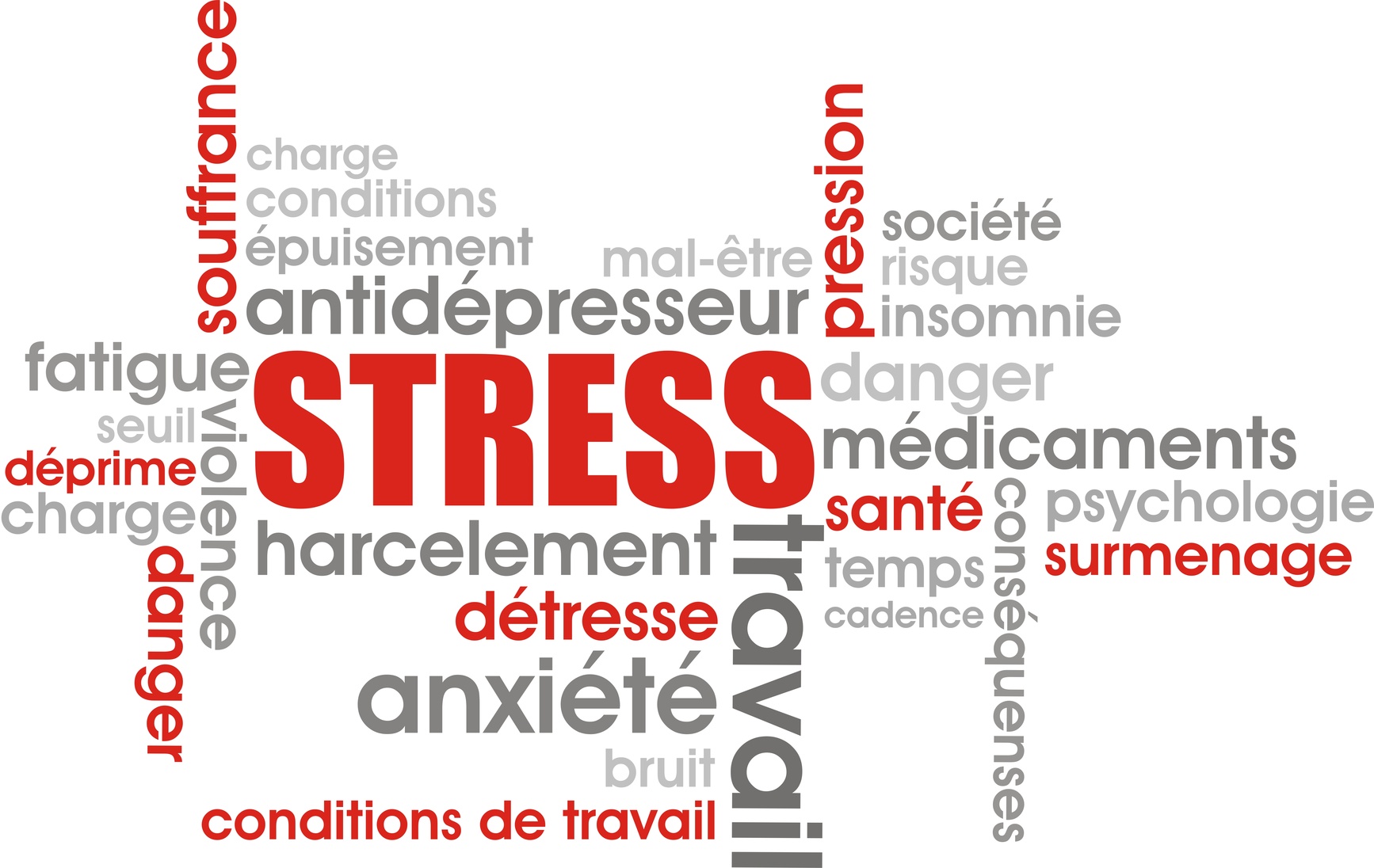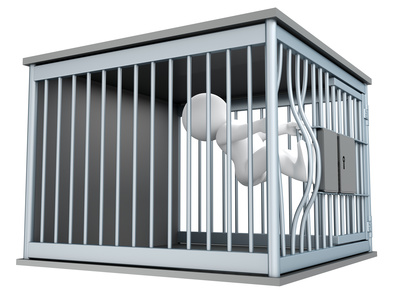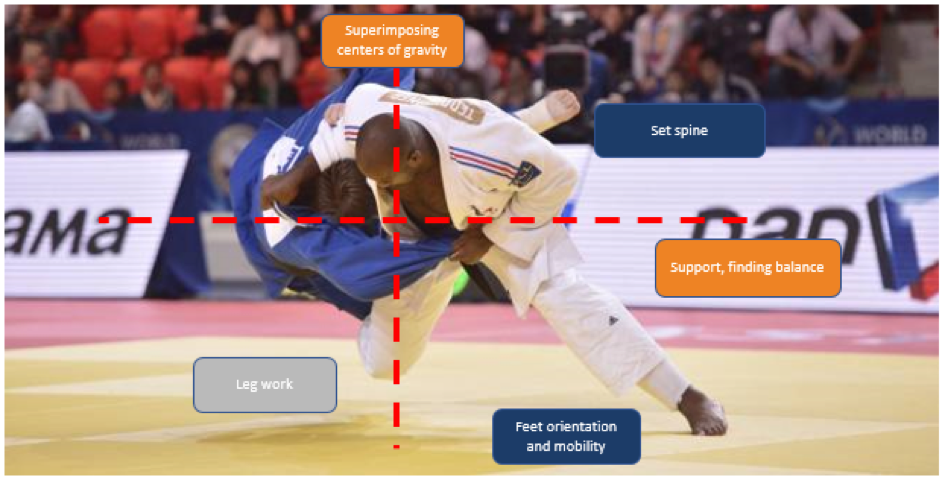Do performance and well-being go together?

The speed and the disruptive approach of organizational changes can have a strong impact on employee health and well-being. How can this be avoided without giving up on improving competitiveness?

It is a known fact, the work-related illnesses linked to strenuousness at work like Musculoskeletal disorders (MSD) and psychosocial risks (PSR) are growing strongly without, evidently, anything being able to stop this trend. All countries and all age groups are affected by these pandemics. The average cost for the company of a shoulder MSD is 17000€, for the carpal tunnel it’s 12780€, on top of which the costs for sick leave are added (source: Caisse de Prévoyance des Pays de la Loire, France)
Employees, citizens, states, companies: nobody wants to pay the bill!

People with MSD and PSR suffer physically and morally and the deterioration of their health capital is accelerated. This means they cannot be, and enjoy being, fully independent. More and more citizens are affected by these illnesses and are requesting that politicians take action: “We do not want our health capital to be deteriorated by our work; there must be legislation around this!” On the other hand, states, with budgets that are more and more constrained, do not want to finance spending linked to this as they consider it is under the responsibility of companies. Receiving pressure from the budget and the citizens, governments started taxing in order to make the top offending companies work on MSD/PSR.
What to do when everything comes to a dead-end ?

Human aspect: suffering people, especially if it has been going on a long time, cannot work regularly, serenely and at the right level of quality. In order to avoid losing their jobs, some people even try to hide their suffering.
The distress caused by this situation causes them to take different types of medication without eliminating the root cause. Health, motivation and morale take a big hit and it is a vicious cycle.
Economical aspect :

Companies see the bitterly-obtained benefits coming from continuous improvement being cut by the costs to treat work-related illnesses. Most companies don’t know how to reduce the cost and therefore consider the illnesses as collateral effects that they need to account for. This is also a dead-end. At the same time, whenever solutions to limit health impact are implemented, they aren’t considered as sufficiently profitable for the company, nor sufficiently practical by the operational users. Money has been spent without tackling the root cause; another dead-end.
Aspect social :

More and more, continuous improvement and new “at least” organization forms are called out, especially by unions and even some ergonomists. They are accused of being the cause of physical and mental suffering at work.
They often rightly highlight real cases where companies have evidently implemented a new organization model without having all of the necessary skills, especially when it comes to considering well-being at work
This article will not address the testimonies that I have received/experienced where the management teams did not care about this and just paid the related penalties. Some managers could/should be trialed for that, but, unfortunately, it is often difficult for the people whose health was heavily damaged to file a complaint, as they are afraid of the possible repercussions.
All of this casts a shadow on the tools and approaches that really are necessary to improve and maintain competitiveness. Numerous examples actually show that mental and physical suffering at work doesn’t only concern “at least” organizations, far from that. Another dead-end.
LeanWell®: An approach to get out of the dead-end
After discussing with Michel Gendrier, an ergo-motricity expert, we have become convinced that it is possible to combine performance and well-being at work. We gradually elaborated, ingesting along the way all of the problems that were exposed to us, an unprecedented approach to bring a global solution. This is how LeanWell®, a method allying controlled gestures and processes, was born.

Controlled gestures
The basis concept of LeanWell® is teaching the right attitude and stance to adopt in sports or martial arts. This is the setup that, in a given situation/environment, will produce a maximum amount of effect with a minimum amount of energy, respecting all the while the physiological constraints.
Once mastered, this consciousness of the « best gesture » transforms into skills that help people understand their work environment and choose the most appropriate way of action. This approach is complimentary to work on ergonomics that seeks to change the work environment with the target of reducing the impact on the person while LeanWell® will concentrate on taking the work environment as an invariant and adapting the person’s process and gestures.
With LeanWell®, people become conscious of their functional capabilities, this allows them to constantly adapt their gestures and bodies and to design by themselves the best possible procedure for each situation. They will define the “best gesture” that guarantees sustainable performance and spares the need for mental and physical effort.
Thanks to this, work consistency is strongly improved, the level of performance is high, the changes are sustainable but without large impacts on employee health.
Process control:
LeanWell® works simultaneously on all operational processes that are not controlled and therefore become stressful. The target is to make them more stable, which also makes them more foreseeable. Lean manufacturing techniques can strongly contribute to making this change when they are deployed correctly. The distress that tenses up people individually or in their work relations (work atmosphere) is reduced.
Ergomotricity allowed us to understand biomechanics and how to better include them in the general organization concepts of a workstation. It changed our vision of global performance and led us to include operational workers a lot more in our approach. We understood which components of lean were having a negative impact on health up until now and worked to adapt them. We can therefore create a work environment that respects the workers and their health without stopping the continuous improvement of productivity. These possibilities make the LeanWell® approach original and unprecedented.Is a « MSD-FREE®” work environment possible?

The first pioneering companies started experimenting this approach more than 10 years ago and some of them have integrated them in their company strategy and management techniques.
These companies, usually working in environments that are harmful on health like food and manufacturing industries or logistics, achieved a strong decline in MSD/PSR while deploying a continuous productivity improvement program. Some of them even went a step further and managed to certify some of their shopfloors as “MSD-FREE®”, where any MSD/PSR risk has been identified and sustainably eliminated or at least reduced to a level where it does not have a significant impact on health.
What ROI can be expected?

Tackling the risks related to MSD and PSR has become a lot more than a legal or defensive obligation to achieve “social harmony”, and is now a major strategic challenge.
In multiple situations, efficiency improvements and the reduction of costs related to MSD and PSR allow to obtain an ROI that can be counted in months; the economic, social and employee-health benefits are unprecedented.
However, the most significant change coming from this approach is without a doubt the change in mindset and how this new paradigm allows to find different solutions.
With this approach, including well-being in the company strategy cannot be considered as incompatible with competitiveness requirements. It has even demonstrated that it can sustainably deliver a better global performance if absenteeism, motivation and work atmosphere are taken into account.
Without a doubt, this approach will change management practices and, for companies that have understood how to smoothly combine performance and well-being in the work place, will provide strong, quick and sustainable savings. They will stand out from companies that didn’t make any changes and that will have to pay increasing penalties that governments have started to vote on.

To communicate with our experts: Arturo MAZZOLINI
a.mazzolini@arvenys.com +33625933166 – +393356773523
To request a visit or an audit :
To go deeper:
“Ergomotricité: Le corps, le travail et la santé” – Michel Gendrier – No english translation
- ISBN-10: 2706103159
- ISBN-13: 978-2706103155
“Gestes et mouvements justes : Guide de l’ergomotricité pour tous » – Michel Gendrier – No english translation
- ISBN-10: 2868837298
- ISBN-13: 978-2868837295
Links:
https://en.wikipedia.org/wiki/Metabolic_equivalent
Credits : Arvenys Consulting Group